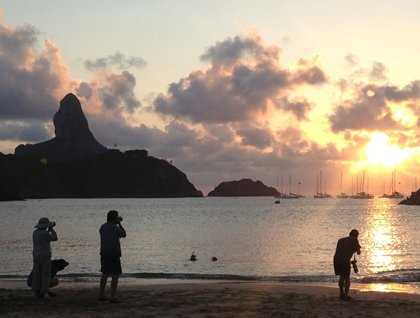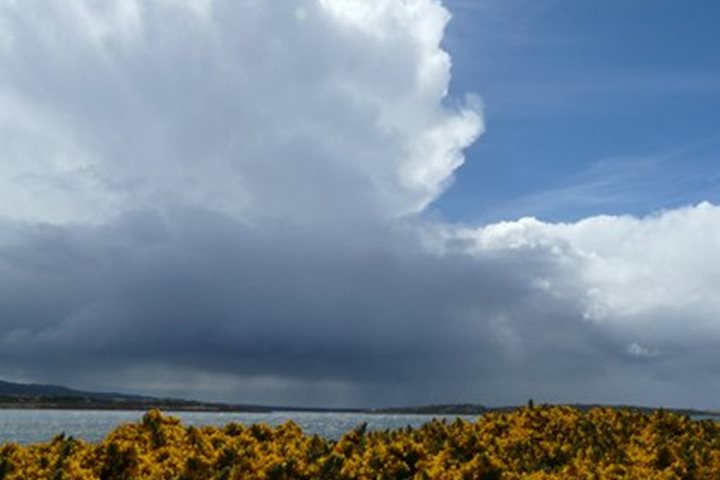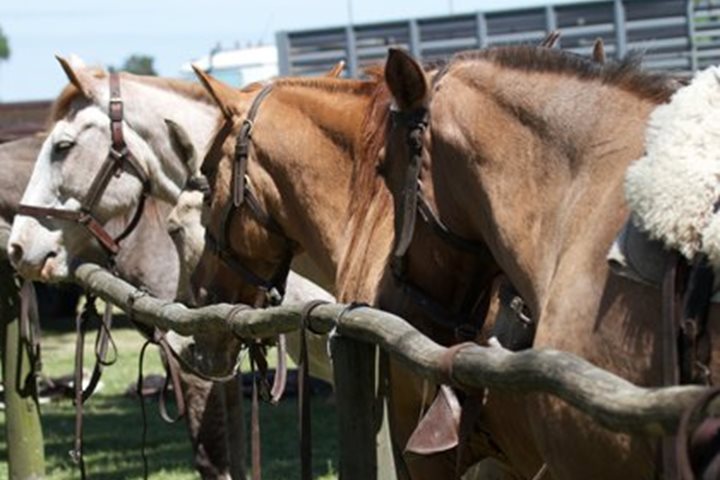We awoke this morning to a gentle swell and to find our ship at anchor. We have been at sea for several days now and having land on three sides of us was a welcome sight. We arose early to head to shore at the beautiful and remote archipelago of Fernando de Noronha, off the northeast coast of Brazil. These islands represent a tiny geographical area, but are rich with history, some endemic wildlife, and vacationing Brazilians. We were thrilled to be back in a natural setting and ready for exploration!
Some of our group began a hike that would take them to a lookout point above Dolphin Bay, which offered beautiful views around the island and opportunities for wildlife-searching. An interesting aspect of the trail itself is that much of it has been constructed from recycled plastic, formed to look and feel like wood. It’s a new and beautiful trail; one well-maintained to offer good access to everyone. One of the sought-after sites of our days ashore is a view of the two endemic land birds living on Fernando de Noronha: the Noronha Elaenia (Elaenia ridleyana) and the Noronha Vireo (Vireo gracilirostris). All of those who made an effort were rewarded with glimpses of these small birds, whose habitat covers a range limited to these islands alone.
Other guests opted to follow the spine of the island a short way to the town of Vila dos Remédios. From here, we walked down its cobblestone streets to a lovely cathedral and a very small museum, Museum Noronhense. Highlighting the island’s past, the museum was a wonderful introduction to Remedios Fortress, sitting high above the bay in which our ship was anchored. The fortress afforded us unmatched views of the surrounding waters and is a great vantage point from which to view the southern section of the narrow island.
We returned to the ship by Zodiac for lunch and quickly headed out again for our afternoon excursions. We were given two afternoon options: one was a boat cruise around the waters of the island in search of marine life and beautiful views, and the second provided a visit to TAMAR, a very successful sea turtle conservation organization with branches in many cities up and down the coast of Brazil. Although the two groups enjoyed very different experiences, both were given an opportunity to enjoy some of the natural aspects of the archipelago, which are its true jewels.
Sunset came shortly after our return to the harbor, and the varied clouds provided ample opportunity for photography. We are truly fortunate however: our visit to the islands will include one more day of exploration, so as to give us a true sense of this special and fragile environment. As we rock to sleep with our ship at anchor, we prepare ourselves for another day of exploring and sightseeing.



-2.jpg?width=106&height=85&mode=crop&scale=both&quality=50)



